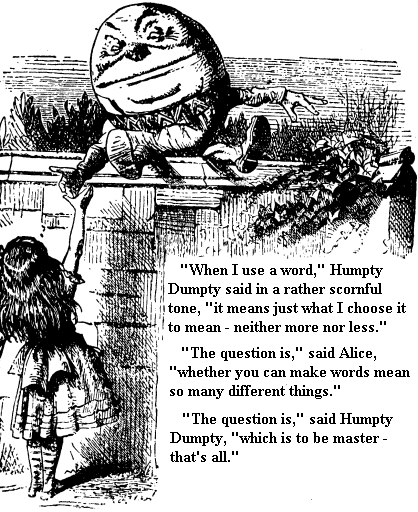DBRS has issued a press release, DBRS Clarifies its Approach to Rating Bank Subordinated Debt and Hybrid Instruments.
I love the word “clarifies”. It should mean “make clearer” or “resolve ambiguity”, but is nowadays used by smiley-boys to mean “changing our position while hoping you don’t notice”.
The interesting bits are as follows:
DBRS does not view the ability to defer payments as a credit risk, but rather, a risk that holders of the deferrable instruments have agreed to as per the contractual terms of the instrument and DBRS does not consider “deferral” as being equal to “default”.
…
Notching for Deferral or Skipping of PaymentsDBRS will add an additional notch when instruments with discretionary payments defer or skip. This notch will be applied as long as discretionary payments are not being made. This additional notch serves to differentiate between instruments that are still making payments from those that are not paying, but otherwise meeting the instrument’s terms and covenants. As noted already, DBRS does not view the exercising of the right to defer or skip payments as equivalent to default. Typically, a bank that defers or skips discretionary payments is usually in significant difficulty, so that its senior debt rating is already under pressure and its rating has likely been lowered. That results in lower ratings for subordinated debt. Recent examples, however, have illustrated occasions when a bank may defer or skip due to regulatory events, but retain significant strength and remain investment grade. In these circumstances, the senior debt rating remains the principal driver of the likelihood that payments will be resumed and insolvency avoided.
This represents something of a change from their treatment of Quebecor World:
While the cumulative nature of the Series 3 and Series 5 preferred shares affords Quebecor World the flexibility to suspend dividends, provided dividends are paid in arrears, DBRS notes preferred shareholders maintain a level of expectation that these dividends will be paid in a timely manner, and this expectation is reflected in the preferred share ratings. Having not met the expectation of preferred shareholders, DBRS notes the preferred shares are more reflective of a “D” rating.
What’s right or wrong? There is, of course, no right or wrong.

DBRS is definitely in the wrong, though, for changing their policy under the banner of “clarification” and for not specifying just what does constitute a default under their terminology. When does a Straight Perpetual default? Not when it skips a payment, under the new policy. So when? When it enters CCCA protection? When it’s written down or otherwise has its claim on assets extinguished? When?
Doesn’t this sound like DBRS versus the other rating agencies on Canadian ABCP ratings all over again? Their R-1(h) was given with the understanding that ABCP timely payment was not assured at a “AAA” level. Kind of like R-1(H) with a “buyer beware” proviso?
S&P has Royal Bank of Scotland Preferred Stock at “CC”, the same as most of its preferENCE stock (I confess to be a little fogged on the difference between the two debt types).
It’s all very murky. As I said, I don’t think there’s a right or wrong answer to the question ‘does a preferred share default if dividends are suspended?’, but if the ratings are estimates of default probability, then “default” should be well defined!
I’m not sure that ABCP ratings can be condemned: they didn’t default on credit, they defaulted on liquidity. Ain’t no bank in the world going to survive if nobody buys their paper.